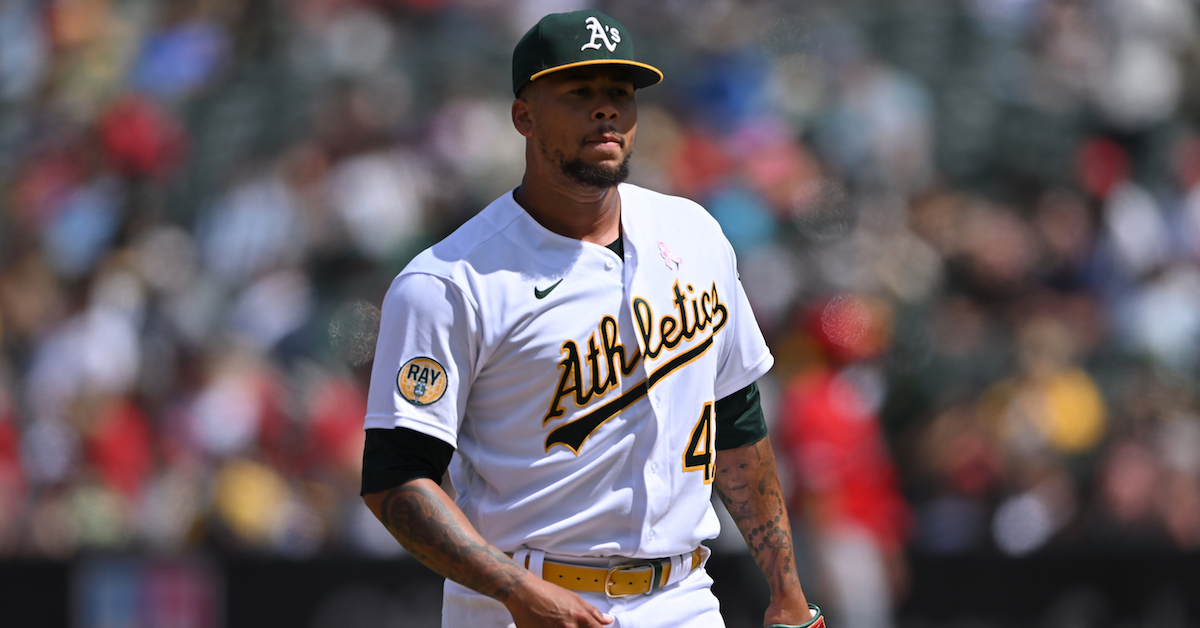With Juan Soto Available, the Nationals Have Upended the Trade Market

The Nationals are going to trade Juan Soto. Oh, sure, it’s not official yet, but it’s basically official. After he turned down their most recent extension offer, a reported 15-year, $450 million deal, reports emerged that the team was open to dealing him. And with the trade deadline conveniently only weeks away, general manager Mike Rizzo will have no shortage of phone calls to field in the coming days.
In a fortuitous coincidence, I’m currently working on our annual trade value series, so I’ve spent a good deal of time considering Soto’s value. He’s an interesting case, perhaps one without precedent in the trade market. He’s undoubtedly one of the best five or so players in baseball. In a down year, he’s still hitting .250/.405/.497, good for a 152 wRC+. That’s the kind of production that most players would call a career year, and we’re writing about adjustments he can make.
In addition, Soto is no rental. He’s under team control through the 2024 season, and while he’ll command record-breaking arbitration salaries for the next two years, he’ll still be an unbelievable bargain while doing so. Consider: He’s making $17.1 million this year in arbitration and on pace for roughly 5 WAR in a down year. What would teams pay for that production on the open market? Well, the Mets are paying Max Scherzer $43.3 million per year over the next three years, and Soto has out-WAR’ed Scherzer in each of the past three seasons. He’s also only 23, so it’s not as though he’s approaching age-related decline.
Read the rest of this entry »








